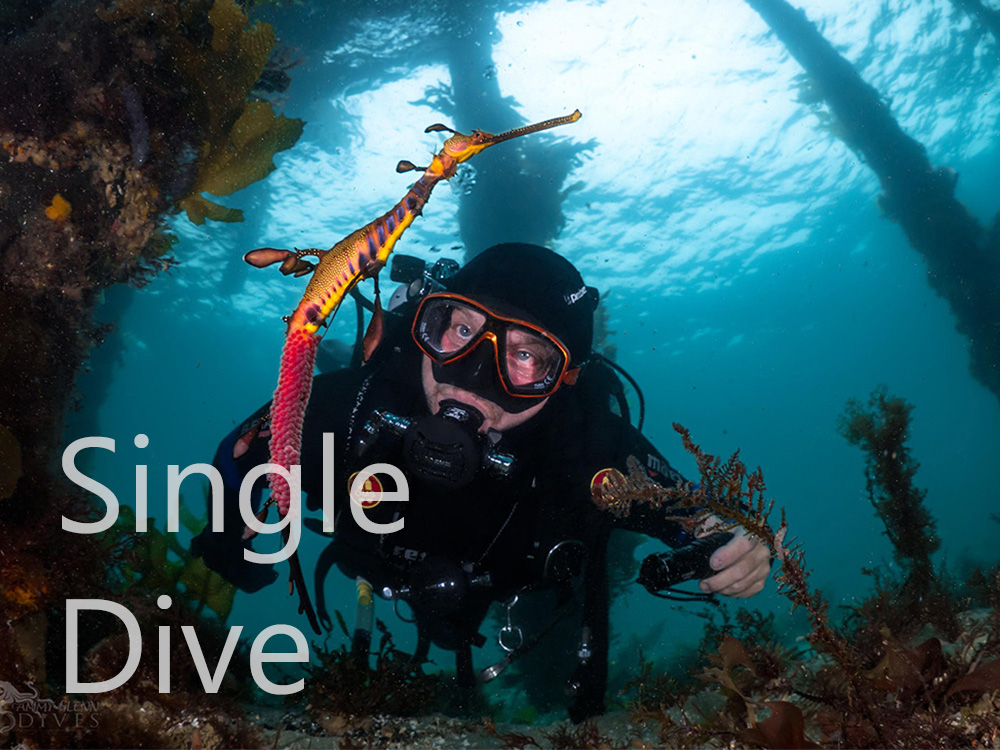Navigation
The solution to preventing injury from a failed surface air supply while diving is simple but it costs money — carry an accessory emergency air source and regulator. The money so spent on this life saver may well be your best investment ever!
A suitable emergency air source converts a panic ascent into a leisurely trip to the surface. Compared to the overall cost of the diving, boat and other equipment, the cost is relatively small.
Please ensure your accessory air source has a scuba cylinder of the appropriate size for the maximum depth you're diving to. You should plan to have enough air for around 15 minutes of breathing on the ascent with a decompression stop if necessary. Smaller all-in-one air regulators generally do not contain enough gas for a controlled ascent, although they are definitely far better than no spare air at all.
The Scuba Doctor recommends a triple-redundant air supply system should be used while hookah diving. The primary air supply is a low pressure (LP) hookah compressor. The secondary is the diver carried bailout or emergency air system. Finally, in an emergency requiring additional time for diver extraction, there should be a scuba cylinder topside, suitably configured so that it can be used to provide air to the hookah diver.
Please read Introduction to Hookah Diving for more information about things you need to consider with a hookah diving setup.
Tea House Bay, Ricketts Point
![]() Shore Dive |
Shore Dive | ![]() Shore access
Shore access
![]()
![]()
![]()
![]()
![]()
![]()
Depth: 1 m (3.28 ft) to 4 m (13 ft)
Level: Open Water and beyond.
Tea House Bay, Ricketts Point, is a popular diving and snorkelling site suited to beginers. It's located within the 115 hectare Ricketts Point Marine Sanctuary in north-eastern Port Phillip. Tea House Bay dive site faces south-west into Tea House Bay, located between Tea House Reef and the Beaumaris Yacht Club to the north, and Middle Reef (aka North Arm Reef) and the Ricketts Point Beaumaris, Cafe & Bar (aka Tea House) to the south.
Tea House Bay is a great site for beginner snorkellers and night dive enthusiasts. It's so close to the city, thus very convenient for those living in Melbourne. Great for getting back in the water, a night dive after work, or just an excuse to get wet!
Diving and Snorkelling at Tea House Bay, Ricketts Point
Tea House Bay is an excellent dive for beginners as it can be quite shallow along the foreshore and up to around four metres further out. It is well protected by reef.
Begin by swimming out on an angle towards the yellow sanctuary marker. Heading further out to the marker and back should be of interest for more advanced snorkelers.
Location: Beach Road, Beaumaris, Victoria 3193
MELWAY Ref: Page 86 C9
Parking:
To the north, parking is usually available in the Beaumaris Yacht Club car park. You may need to buy a parking ticket – MELWAY Ref: Page 86 B8.
To the south, parking is usually available in the car park to the south of the Ricketts Point Beaumaris, Cafe & Bar – MELWAY Ref: Page 86 C9.
Before gearing up check out the water. If you see lots of white water, head on home.
Facilities: Public toilets are available. Wheelchair access is available via the access ramp and a shower and toilet for disabled snorkelers are also available.
Warning: Always go with a buddy and carry a dive knife. Make sure you tow a dive buoy with dive flag.
Entry/Exit: Enter just north of the Ricketts Point Beaumaris, Cafe & Bar, or at low tide try a bit further south opposite the Ricketts Point Beaumaris, Cafe & Bar. Begin by swimming out on an angle towards the yellow sanctuary marker.
Ideal Conditions:
Tea House Bay is best dived with northerly to south-easterly winds. Avoid diving with strong southerly to north-westerly winds. Just before the high tide will give the clearest water. See WillyWeather (Ricketts Point) as a guide for the tide times and the height of the tide.
Ricketts Point Marine Sanctuary
This dive site is located within Ricketts Point Marine Sanctuary. There are actually a number of diving and snorkelling sites here including:
- McGregor Rock, Quiet Corner (Melway Map 85 K6)
- Banksia Point (Melway Map 86 B7)
- Tea House Reef North / Beaumaris Yacht Club (Melway Map 86 B8)
- Tea House Reef South / Beaumaris Yacht Club (Melway Map 86 B8)
- Tea House Bay (Melways 86 C9)
- Middle Reef (aka North Arm Reef) (Melways Map 86 C9)
- Triangle Reef, Ricketts Point (Melway Map 86 C9)
- Table Rock, Ricketts Point (Melway Map 86 D10)
- Sea Scouts Jetty (Melways 86 E9)
Ricketts Point Marine Sanctuary is on the north-east coast of Port Phillip and is approximately 20 km from Melbourne CBD. It abuts the Bayside City Council Foreshore Reserve from Table Rock Point in Beaumaris to Quiet Corner in Black Rock. It extends from the high water mark to approximately 450 m offshore.
Aboriginal tradition indicates that the sanctuary is part of Country of Boon Wurrung people.
See also Beaumaris Yacht Club Webcam,
Parks Victoria: Rickett's Point Marine Sanctuary,
Park Note: Ricketts Point Marine Sanctuary — December 2003,
Marine Care Rickett's Point,
Marine Care Ricketts Point Fish Identification Chart,
Snorkelling Bayside: An Introduction to Snorkelling in the Ricketts Point Marine Sanctuary and Nearby Waters,
Ricketts Point Marine Sanctuary Visitor Guide by Parks Victoria — March 2019,
Ricketts Point Marine Sanctuary Management Plan — November 2005,
The Urban Sanctuary. Algae and Marine Invertebrates of Ricketts Point Marine Sanctuary,
iNaturalist Ricketts Point Check List,
Taxonomic Toolkit for the Marine Life of Port Phillip Bay,
How To Assess Visibility Before Heading To Snorkel Sites In Port Phillip / Western Port — by Simon Mustoe, 20 January 2022,
snorkelling-intertidal-zone.
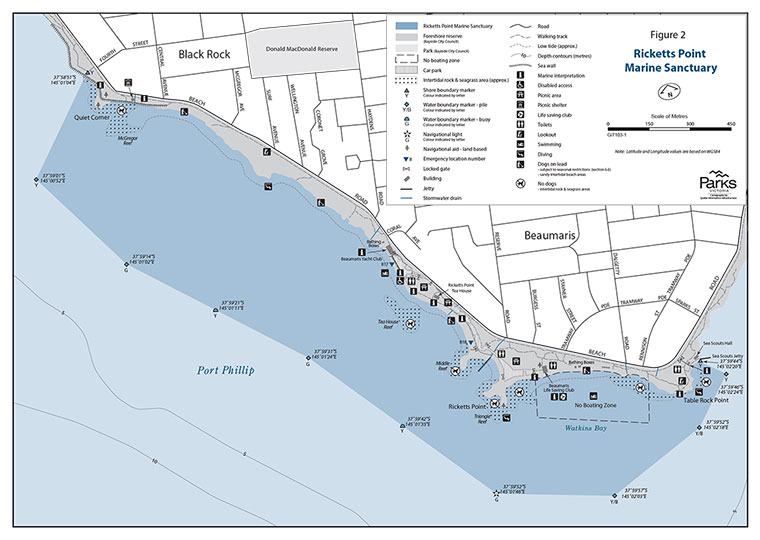
Ricketts Point Marine Sanctuary Map | Source: Parks Victoria — Ricketts Point Marine Sanctuary Management Plan, November 2005, page 67
You are not permitted to carry a spear gun while snorkelling or scuba diving in Ricketts Point Marine Sanctuary.
Traditional Owners — This dive site is in the traditional Country of the Boon Wurrung / Bunurong people of the Kulin Nation. This truly ancient Country includes parts of Port Phillip, from the Werribee River in the north-west, down to Wilson's Promontory in the south-east, including the Mornington Peninsula, French Island and Phillip Island, plus Western Port. We wish to acknowledge the Boon Wurrung as Traditional Owners. We pay respect to their Ancestors and their Elders, past, present and emerging. We acknowledge Bunjil the Creator Spirit of this beautiful land, who travels as an eagle, and Waarn, who protects the waterways and travels as a crow, and thank them for continuing to watch over this Country today and beyond.
Tea House Bay, Ricketts Point Location Map
Latitude: 37° 59.462′ S (37.99104° S / 37° 59′ 27.74″ S)
Longitude: 145° 1.719′ E (145.028651° E / 145° 1′ 43.14″ E)
Datum: WGS84 |
Google Map
| Get directions
Added: 2021-03-17 19:49:58 GMT, Last updated: 2022-04-23 21:54:30 GMT
Source: Google Earth
Nearest Neighbour: Ricketts Point Marine Sanctuary, 101 m, bearing 354°, N
Ricketts Point Marine Sanctuary.
Beaumaris, Bayside, Port Phillip.
Depth: 1 to 4 m.
[ Top ]
DISCLAIMER: No claim is made by The Scuba Doctor as to the accuracy of the dive site coordinates listed here. Should anyone decide to use these GPS marks to locate and dive on a site, they do so entirely at their own risk. Always verify against other sources.
The marks come from numerous sources including commercial operators, independent dive clubs, reference works, and active divers. Some are known to be accurate, while others may not be. Some GPS marks may even have come from maps using the AGD66 datum, and thus may need be converted to the WGS84 datum. To distinguish between the possible accuracy of the dive site marks, we've tried to give each mark a source of GPS, Google Earth, or unknown.
Copyright © 2005-2022 by The Scuba Doctor Australia, ABN 88 116 755 170. All rights reserved.
tel. +61 3 5985 1700 :: email. diveshop@scubadoctor.com.au :: Web site by it'sTechnical 2022




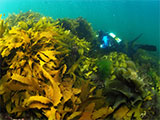
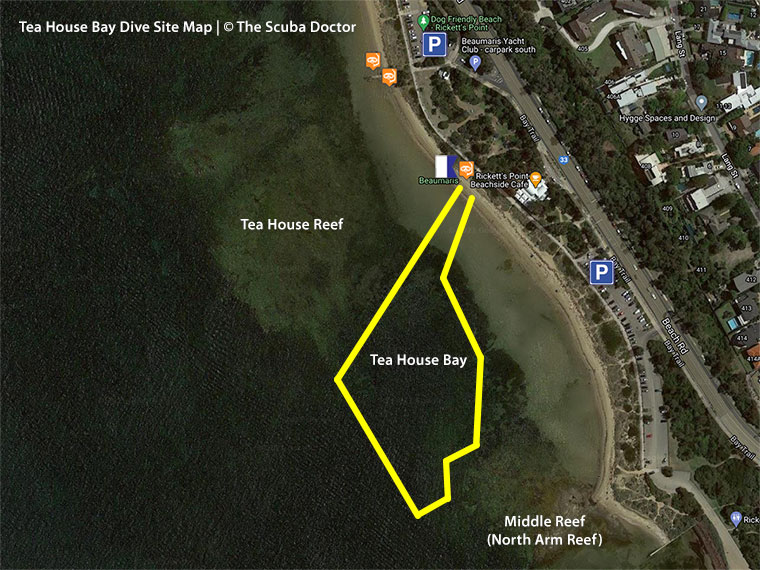
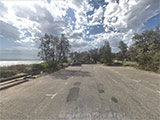






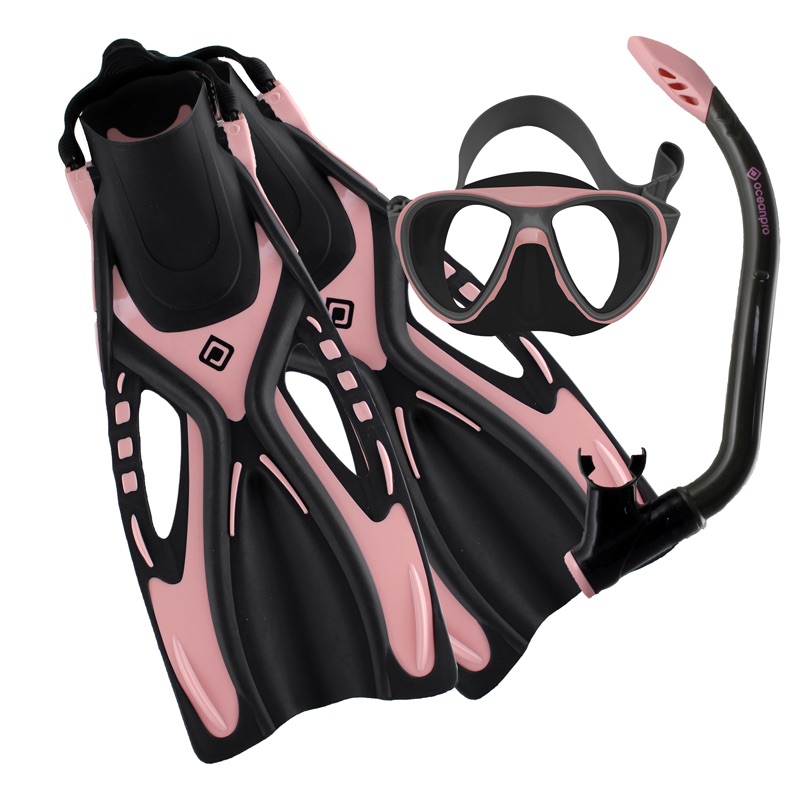






![Halcyon Infinity 30lb System [SS Small Backplate] Halcyon Infinity 30lb System [SS Small Backplate]](/diveshop/images/halcyon/Halcyon-Evolve-Wing.jpg)




